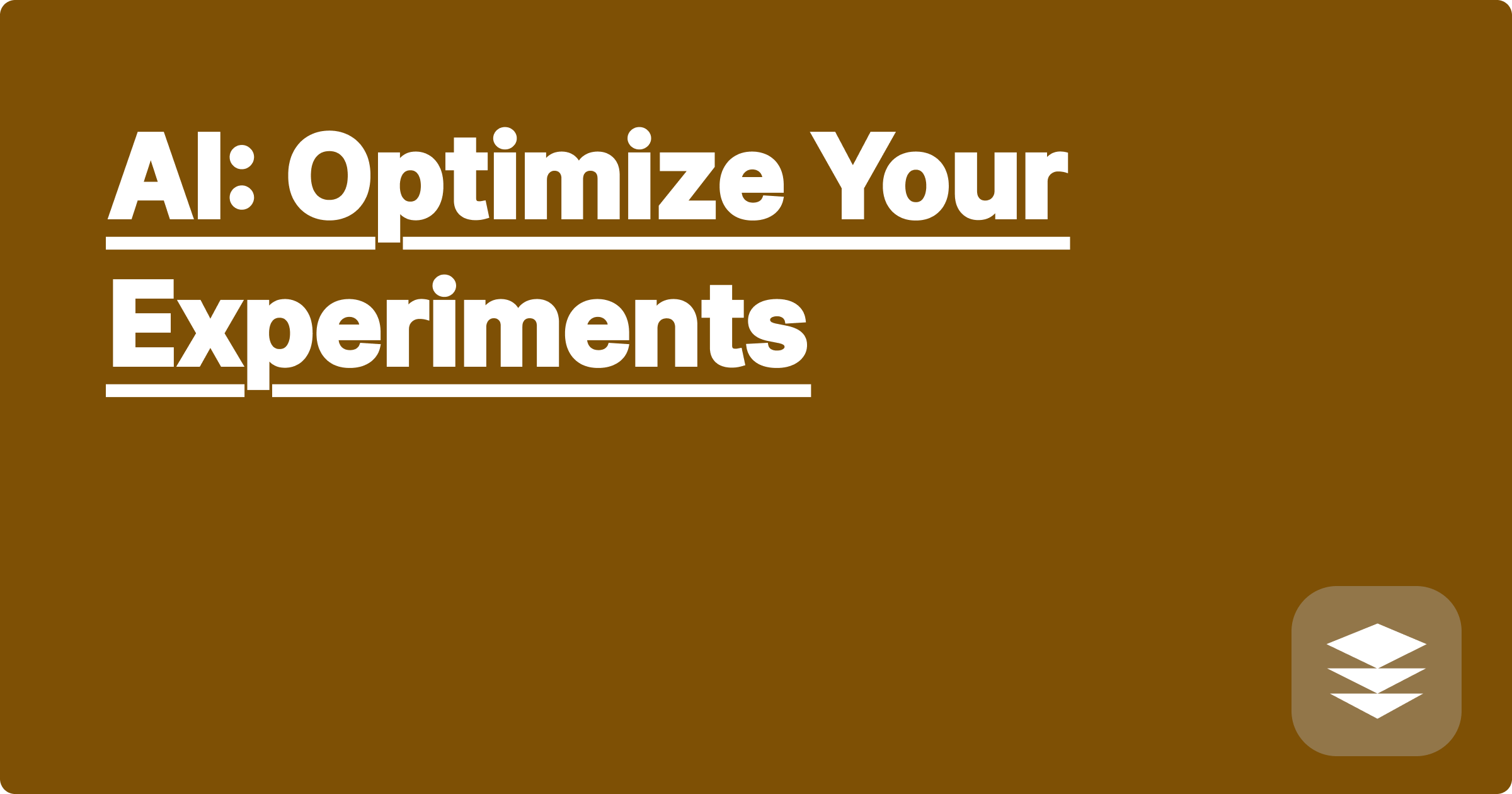
STEM fields often face the challenge of optimizing complex experiments, a process traditionally reliant on intuition, trial-and-error, and extensive literature reviews. This can be time-consuming, resource-intensive, and may not always lead to the most efficient or innovative solutions. Artificial intelligence (AI) offers a transformative approach, providing powerful tools to accelerate and enhance experimental design, analysis, and optimization. AI can analyze vast datasets, identify patterns, predict outcomes, and suggest optimal experimental parameters, ultimately leading to faster breakthroughs and more impactful research.
For STEM students and researchers, mastering these AI-driven techniques is no longer optional but essential for staying competitive and pushing the boundaries of their respective fields. Embracing AI in experimental design empowers researchers to tackle more complex problems, accelerate the pace of discovery, and maximize the impact of their work. This translates to more efficient use of resources, faster publication cycles, and a greater potential for groundbreaking innovations. Understanding how to leverage AI tools effectively can significantly enhance career prospects and contribute to advancements across various scientific disciplines.
Designing and optimizing experiments in STEM fields presents significant challenges. Researchers often grapple with complex systems involving numerous variables and intricate interactions. Identifying the most critical factors and their optimal settings can be a daunting task. Traditional methods, such as one-factor-at-a-time experimentation, can be inefficient and fail to capture the synergistic effects of multiple variables. Furthermore, analyzing large datasets generated by modern experimental techniques requires sophisticated computational tools and expertise. The sheer volume of data can overwhelm traditional analysis methods, making it difficult to extract meaningful insights and identify optimal experimental conditions. This complexity is further compounded by the need to consider constraints like budget, time, and available resources.
AI offers a powerful suite of tools to address these challenges. Language models like ChatGPT and Claude can be invaluable for brainstorming experimental designs, exploring alternative approaches, and generating hypotheses based on existing literature. These tools can assist in formulating research questions, identifying relevant variables, and even suggesting potential experimental setups. Furthermore, computational platforms like Wolfram Alpha excel at performing complex calculations, analyzing data, and generating visualizations. Wolfram Alpha can be used to model experimental systems, simulate different scenarios, and predict outcomes based on varying parameters. By combining the strengths of these different AI tools, researchers can create a highly efficient and insightful experimental workflow.
Begin by clearly defining the research question and identifying the key variables involved in the experiment. This initial step sets the foundation for the entire process. Next, use AI tools like ChatGPT or Claude to explore existing literature, identify potential experimental designs, and generate hypotheses. These language models can provide valuable insights and help refine the research question. Once a preliminary experimental design is formulated, employ Wolfram Alpha to model the system and simulate different scenarios. This allows researchers to explore the impact of varying parameters and identify potential optimal settings. After the initial simulations, refine the experimental design based on the AI-generated insights. This iterative process allows for continuous improvement and optimization. Finally, conduct the experiments and collect the data. Use AI tools to analyze the results, identify patterns, and draw conclusions. This data-driven approach ensures that the findings are robust and statistically significant.
Consider a chemical engineer trying to optimize the yield of a specific reaction. They can use ChatGPT to explore different catalysts and reaction conditions documented in the literature. Then, Wolfram Alpha can be employed to model the reaction kinetics and predict the yield under various temperature and pressure combinations. For example, the engineer might input the rate equation, such as d[Product]/dt = k[Reactant1]^a[Reactant2]^b, where k is the rate constant, and a and b are the reaction orders, and explore how changes in k, influenced by temperature via the Arrhenius equation k = Ae^(-Ea/RT), affect the yield. By visualizing the results, the engineer can quickly identify the optimal temperature and pressure range for maximizing the reaction yield. Similarly, a biologist studying the growth of a particular cell line could use AI to optimize the culture medium composition. By inputting growth curves and nutrient concentrations into Wolfram Alpha, they can identify the optimal nutrient ratios that promote cell growth.
To effectively leverage AI in academic pursuits, develop a strong understanding of the underlying principles of experimental design and statistical analysis. This foundational knowledge is crucial for interpreting AI-generated insights and ensuring the validity of the results. Explore different AI tools and identify those that best suit your specific research needs. Experiment with various functionalities and learn how to integrate them into your workflow. Critically evaluate the output generated by AI tools and always validate the results with established scientific methods. AI should be viewed as a powerful assistant, not a replacement for critical thinking and rigorous scientific practice. Document the use of AI tools in your research and acknowledge their contribution in publications. This promotes transparency and encourages the wider adoption of AI in scientific research.
In conclusion, AI offers transformative potential for optimizing experiments in STEM fields. By embracing these powerful tools, researchers can accelerate the pace of discovery, enhance the efficiency of their work, and ultimately contribute to groundbreaking advancements. Start exploring these AI tools today and unlock the full potential of your research. Learn to integrate AI into your workflow and witness the transformative impact it can have on your academic journey. The future of STEM research is undeniably intertwined with the intelligent application of AI, and embracing this synergy is key to unlocking unprecedented levels of innovation and discovery.
AI: Your Coding Homework Buddy
AI: Automate Engineering Tasks